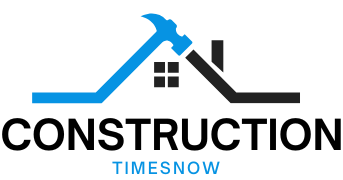What housing policies are being suggested in the Australian federal election – Realty.com.au Blog

In the lead-up to the Australian federal election, housing affordability has become a significant focus, with mortgage affordability and cost-of-living pressures shaping up as major issues for voters, particularly those in the ‘mortgage belt’. Young Australians, specifically Gen Z and millennials, who form a substantial voting bloc, are seeking systemic change on this issue which is existential to their sense of security and fairness. Both major parties have put forward housing policies, although some sources critique them as primarily addressing demand rather than the underlying supply problem.
Labor’s housing policy proposals include:
- An expansion of the Home Guarantee Scheme. This scheme, part of the Home Guarantee Scheme, an Australian Government initiative, currently allows eligible buyers to purchase a home with a deposit between 5% and 20% without paying Lenders Mortgage Insurance (LMI), as Housing Australia guarantees up to 15% of the deposit. The proposed expansion would allow all Australian first home buyers to purchase with a 5% deposit, avoiding LMI. Under the expanded scheme, there would be no income caps or limits on availability, but limits on the value of the home would remain.
- A commitment of $10 billion over eight years to build 100,000 new homes exclusively for first home buyers. This funding is planned to be split into $2 billion in grants and $8 billion in zero-interest loans or equity investments, directed mostly to state and local councils, and potentially community housing providers. The plan involves working with lower council levels to find government land and fast-track development approvals.
The Coalition has also put forward housing policies:
- Allowing first home buyers of newly built homes to deduct interest costs on the first $650,000 of their mortgage from their income taxes for five years. To be eligible, individuals must have a taxable income of $175,000 or less, or joint applicants a combined income of $250,000 or less, and must live in the home for the five-year period.
- A $5 billion investment to fund water, power, and sewerage upgrades, intended to unlock 500,000 new homes.
- Allowing first home buyers to access up to $50,000 of their superannuation to use as a deposit for a first home. The accessed amount would be required to be repaid upon the sale of the home.
Additionally, both major parties have announced plans for a two-year ban on foreign investors and temporary residents buying existing properties. Some sources note that foreign investors are already supposed to be banned from buying existing properties.
Critiques of these policies from the sources highlight concerns that they largely focus on increasing demand rather than addressing supply constraints. Providing demand stimulus is seen as “utterly, utterly irresponsible” and “very bad policy” because it is likely to increase demand and subsequently make housing more expensive. Neither major party’s policy aims to lower property prices; instead, they appear designed to maintain or even increase prices while attempting to help people enter the market at these inflated values. Policies that act as taxpayer handouts and demand-side incentives are seen as simply “kicking the can down the road,” leading to higher property prices, more debt, and failing to improve home ownership rates. The consensus from some sources is that the focus should instead be on increasing supply, potentially by reducing the risk associated with new development.









